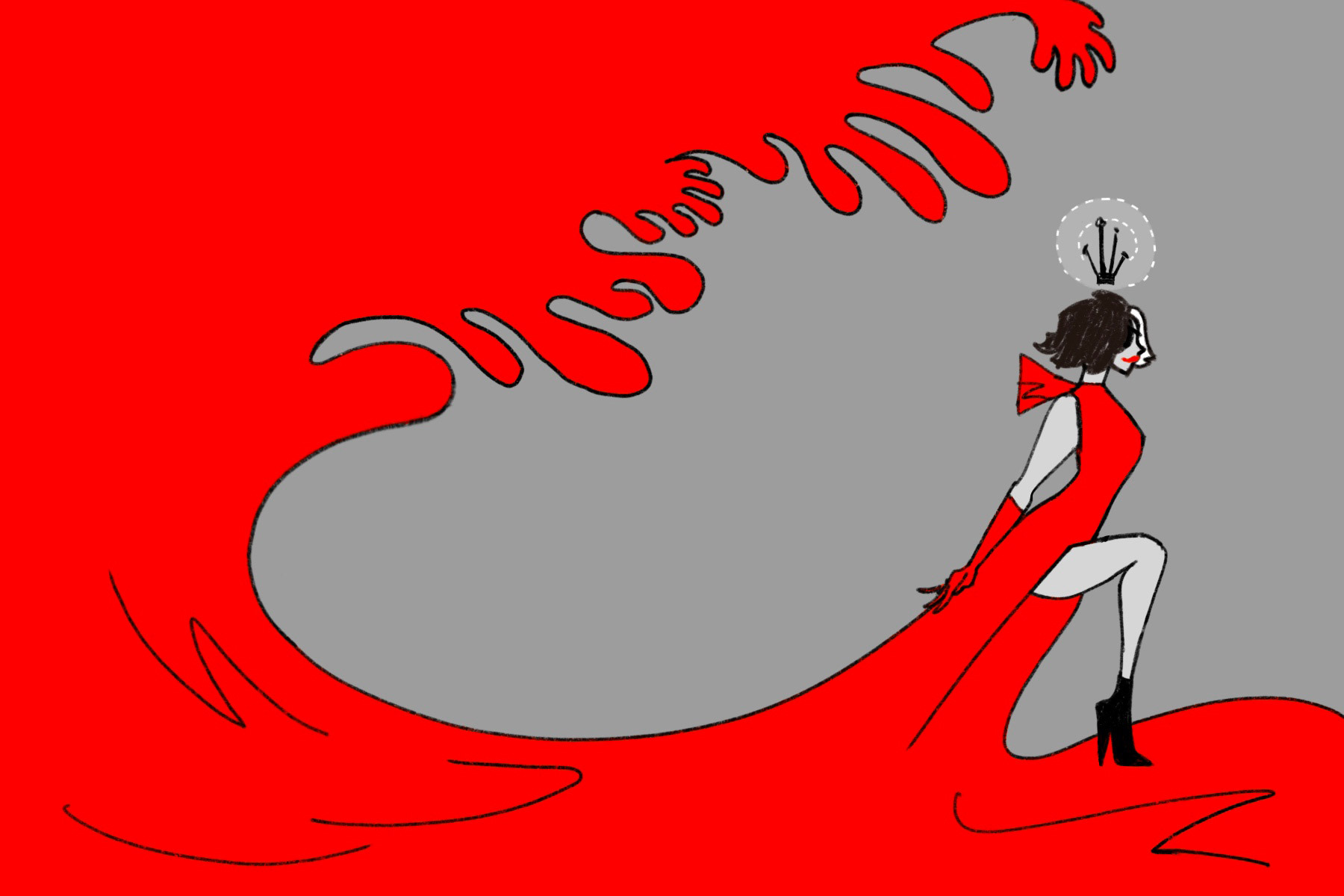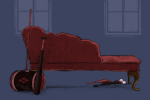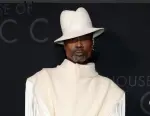At first glance, Disney’s “Cruella” looks like any other origin story for the antagonist from the classic animated film “101 Dalmatians.” Starting in the early 1960s with the titular character’s childhood, the movie presents itself as a simple retelling of her life prior to the events of “101 Dalmatians.” According to the film, her real name is Estella, and she supposedly grew up in Northern England, where she briefly attended a fancy private school. Viewers even learn how she got her current name when her mother tells her, “Your name is Estella, not Cruella” after a bout of rude behavior.
Although the film provides some context for how Cruella de Vil became the way she was in “101 Dalmatians,” there’s something much deeper to it: a satirical commentary on the competitive nature of the fashion industry. From a young age, Cruella wanted to be a fashion designer. In fact, her tendency to stop and admire fancy clothing served as the catalyst for the movie’s main plot.
Fast forward a little, and we see Estella, played by Emma Stone, join a street gang consisting of herself and two orphaned boys who support themselves through thievery. The boys do the actual work while Estella designs their disguises. Thanks to the boys, Horace and Jasper, Estella lands a job working at one of London’s top clothing stores. The catch: It isn’t a job that involves fashion at all. She’s nothing more than the person who cleans the place.
Maybe the unnamed store owner didn’t see enough potential in Estella. It’s unclear if he even saw her designs, but when Estella repeatedly mentions her talent with a sewing machine, the store owner dismisses her without a second thought. The film depicts the fashion industry as centered around high-end dresses that only get brought out on fancy occasions. Designing such items takes a lot of work, and usually, only the best of the best get these jobs. Perhaps Estella’s lack of a portfolio prompted her quick dismissal, as all the top fashion designers have extensive experience, which is what leads them to their positions. Estella lacked proof of her talent to be offered a job in an environment like that store; it isn’t as if she could show off the disguises she created, as that could put her friends at risk.
To prove she is worthy of a more important job, Estella rearranges a window display, showing the determination necessary to succeed in the fashion industry. When it comes to fashion design, people often think they may be good enough, but they still need to prepare themselves for the fact that others, especially employers, might not agree. That’s what happens to Estella, but it works out for her in the end, as she receives a better job where she actually gets to design clothes.
The job in question is with actress Emma Thompson’s portrayal of the Baroness, the most prominent fashion designer in London. Although “Baroness” is actually the character’s noble title, she uses it to show a certain level of power and authority. The success and popularity of her brand leads the Baroness to believe that she rules the fashion scene, which adds to the overall competitiveness of the industry and toxicity of her workplace. One could even argue that the Baroness gives false hope to up-and-coming designers such as Estella.
The movie’s portrayal of questionable behavior exhibited by business titans goes hand-in-hand with the commentary on the competitiveness of the fashion industry. The Baroness’ behavior adds a dramatic effect, but it’s still worth pointing out that all of her actions are intended to maintain her place at the top of the ladder. This includes undermining Estella’s confidence by reducing her to an assistant role rather than a designer just because she shows a lot of promise. The reasoning for this: The Baroness feels threatened by Estella’s potential and fears being knocked out of first place.
There is a brief moment where the Baroness does stop Cruella, but as with any rivalry, Cruella comes back more determined than ever. Cruella’s desire to be at the top of London’s fashion scene incites her actions, while the Baroness’ drive is only fueled by her hunger to keep her position. This is just like any other rivalry in the sense that it is rooted in wanting to be better than someone else.
In the end, the fact that Cruella wins is proof that there is no stopping the changes that come about in the fashion world. The Baroness becomes a symbol of obsolescence, as the screenwriters scripted for her to be dramatically carried away from her now-former home as part of the punishment for her crimes. The ending scene where Cruella moves into the mansion symbolizes the new and improved, which is ultimately what high-end fashion is all about.

















